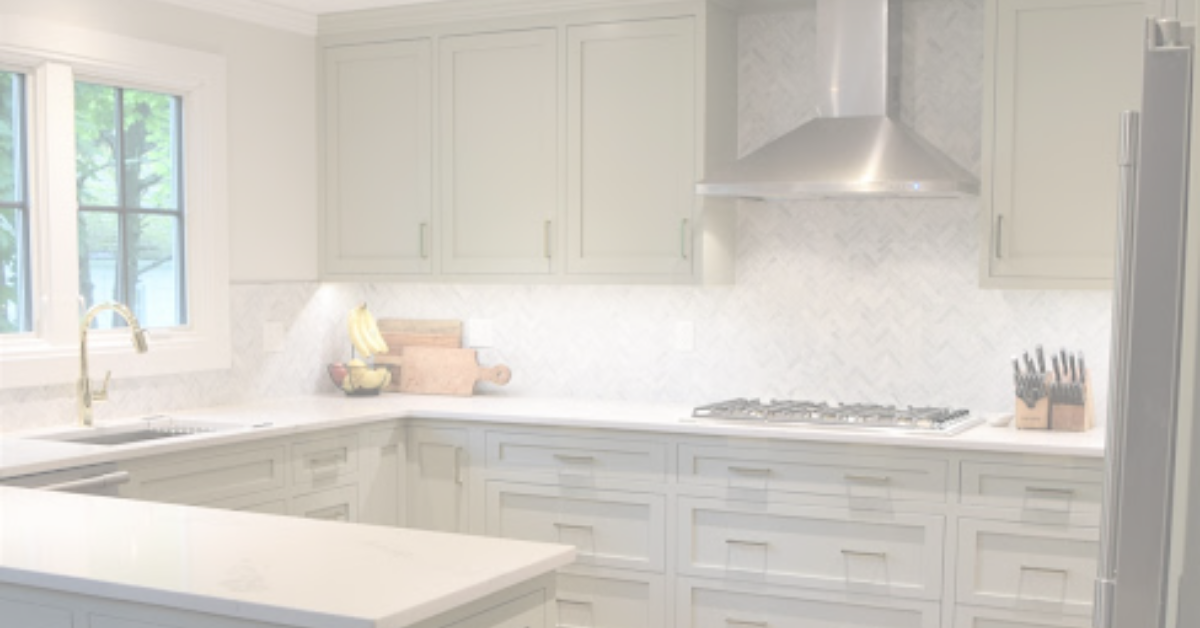It’s not just important for design to be aesthetically-pleasing, in fact, the most important parts of design are the things you can’t see. Those who have worked in a non-functional kitchen can attest to this: storage is one of the most important aspects to consider when designing or renovating a kitchen. Having beautiful cabinets, countertops, and fixtures are all well and great, but if there’s no functionality in your kitchen, you will hate even the most gorgeous space. So how do you organize your space to create the best workflow? There are a few rules to follow when creating a beautiful and functional space that can adapt to your ever-changing life.
There are 5 storage zones: consumables, non-consumables, cleaning, preparation, and cooking. Each of these need a home, and they should be stored in a way that creates the most efficient workspace. Unfortunately, there’s no one-size-fits-all for storage because everyone has different needs. However, there are some basic storage guidelines that can help lead you down the path to organizational bliss.
Store items at the starting line or the finish line
For example, mugs can be stored either next to the coffee pot or next to the dishwasher/sink. Either of these locations allows for a path of least resistance.
Store certain items in more than one location
If you need a certain item in multiple areas of your kitchen, such as oven mitts, put them in multiple locations so you are not scrambling to find them while cooking!
If they are used together, they should be stored together
For example, keep your knives near the cutting boards, so you can grab them both easily and be more efficient in your kitchen while cooking.
Store your items in a way that makes them easy to see
Less clutter equals a happy cook!
Keep frequently used items in an area that is easy to reach
There’s a reason people keep their teapots on the stove 24/7. Also, the bottom shelf in your wall cabinets should be your most frequently used kitchen items. These items can be glasses, plates, mugs, etc.
Keep similar items next to each other
An example of this would be coffee mugs and espresso cups should be kept in the same cabinet and also near your coffee maker.
Hazardous items need to be out of reach of children or anyone who can be injured by them
These hazardous items include, but are not limited to, knives, heavy cookware, or heavy appliances.
Keep your items in the appropriate environment
As obvious as it sounds, make sure you’re keeping refrigerated items and non-refrigerated items in their appropriate environments. It’s also important to have a designated area for things like bread, fresh fruit, and fresh vegetables that optimize their lifespan and freshness.
Some of these guidelines may seem like common sense, but it’s very easy to be distracted by all the pretty elements of your kitchen and completely forget to consider the practicality. If you are struggling with a non-functional kitchen, contact us. We have the expertise to create a plan to redesign your space into the functional and beautiful kitchen of your dreams.


